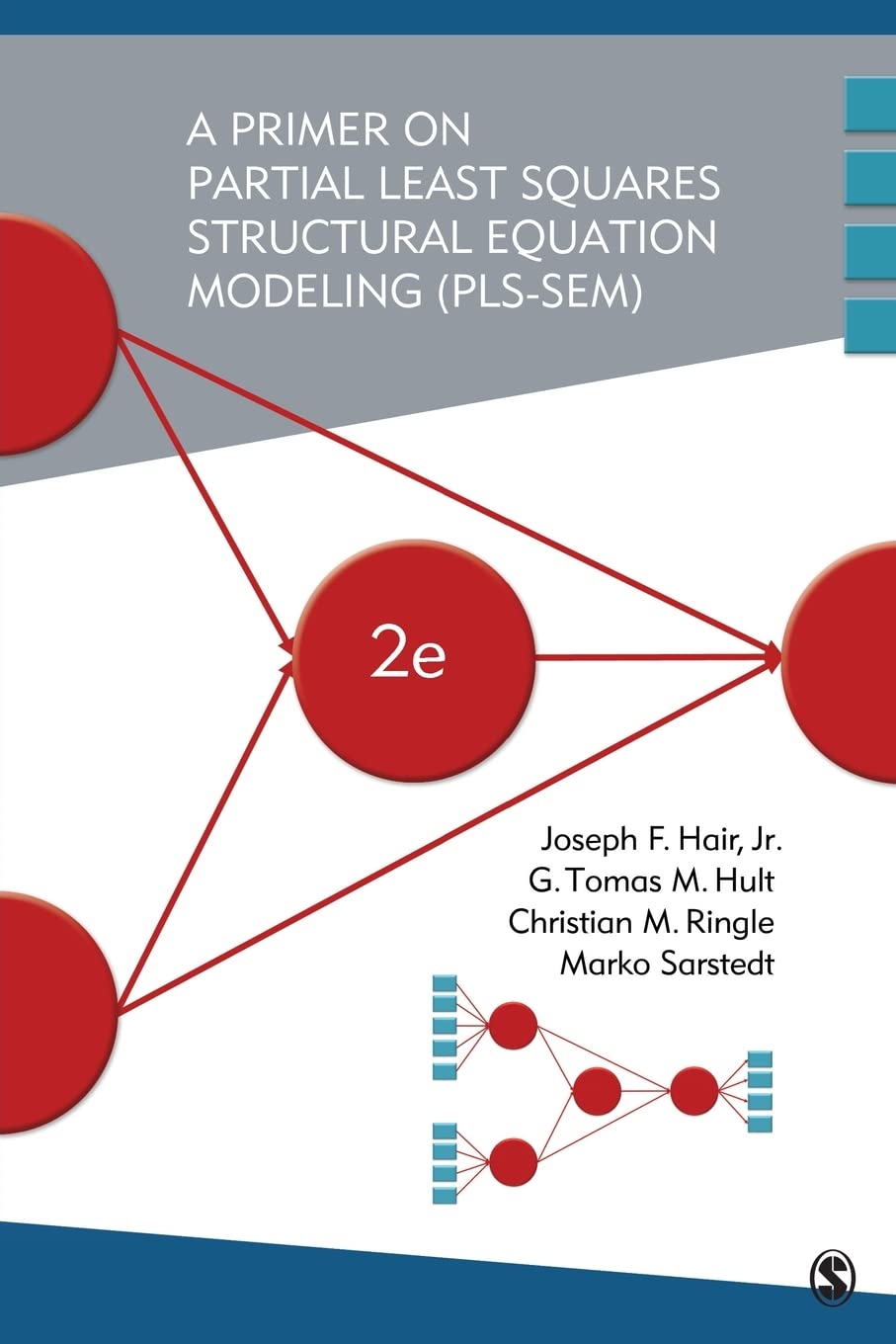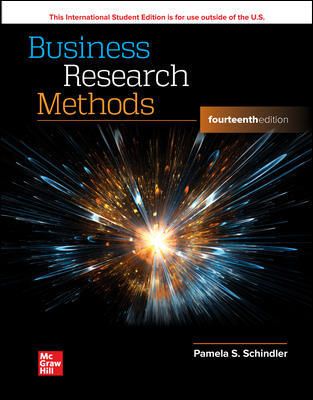
A Primer on Partial Least Squares Structural Equation Modeling (PLS-SEM) 2nd Edition – Hair Jr.
Categories: Business & Investment, Maths & Science, Professional Books
RM180.00
In stock
Product Info
- Author: Joe Hair Jr/ G. Tomas M. Hult/ Christian M. Ringle/ Marko Sarstedt
- Publisher: Sage Publishing
- Language: English
- Type: Import
- ISBN: 9781483377445
- Edition: 2nd Edition
- Cover: Paperback
- Year: 2017
- Author: Joe Hair Jr/ G. Tomas M. Hult/ Christian M. Ringle/ Marko Sarstedt
- Publisher: Sage Publishing
- Language: English
- Type: Import
- ISBN: 9781483377445
- Edition: 2nd Edition
- Cover: Paperback
- Year: 2017
Delivery & Shipping Cost
Delivery using J&T. The cost depends on the rate as provided by J&T.
Not refundable due to human error (like scratching); else for the books that printing error, missing pages or incorrect books. Please email us at sales@abookstore.my








